'The Book of the Thousand Nights and a Night'
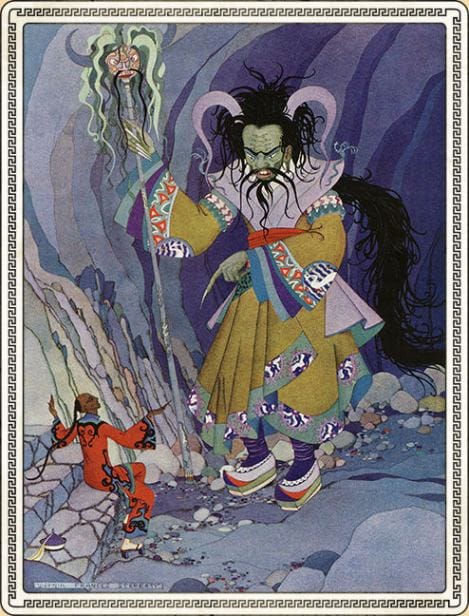
Sir Richard Burton's translation of The Book of the Thousand Nights and a Night (1888) has been better known as The Arabian Nights after Andrew Lang's subsequent abridged and retitled version (1898).
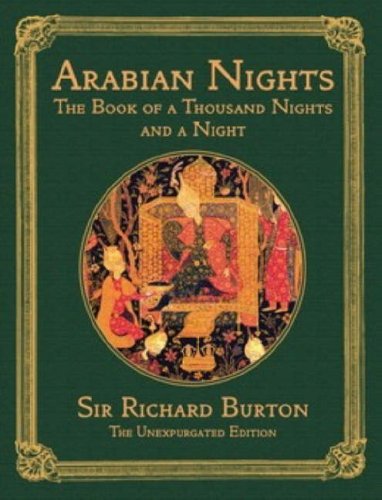
This is from The Six Hundred and Fiftieth Night:
"Then said she:--I have heard, O auspicious King, that Prince Ali
enlarged upon the virtues of his purchase and said, "Ye see this
ivory pipe? By means of it man may descry objects hidden from his
sight and distant from him many a mile. 'Tis truly a most
wondrous matter and right worthy your inspection, and you two may
try it an ye will. Place but an eye close to the smaller glass
and form a wish in mind to see what thing soe'er your soul
desireth; and, whether it be near hand or distant many hundreds
of miles, this ivory will make the object look clear and close to
you." At these words Prince Husayn took the pipe from Prince Ali
and, applying his eye to one end as he had been directed, then
wished in his heart to behold the Princess Nur al-Nihar..."
To continue: www.wollamshram.ca/1001/Sn_3/vol13.htm
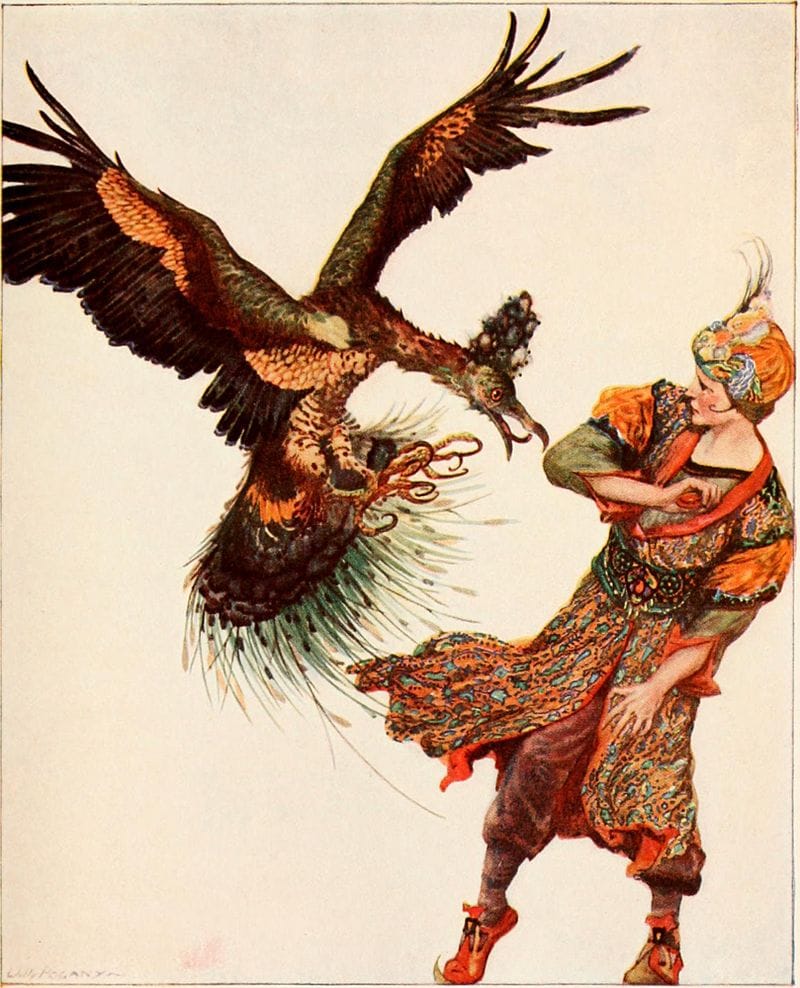
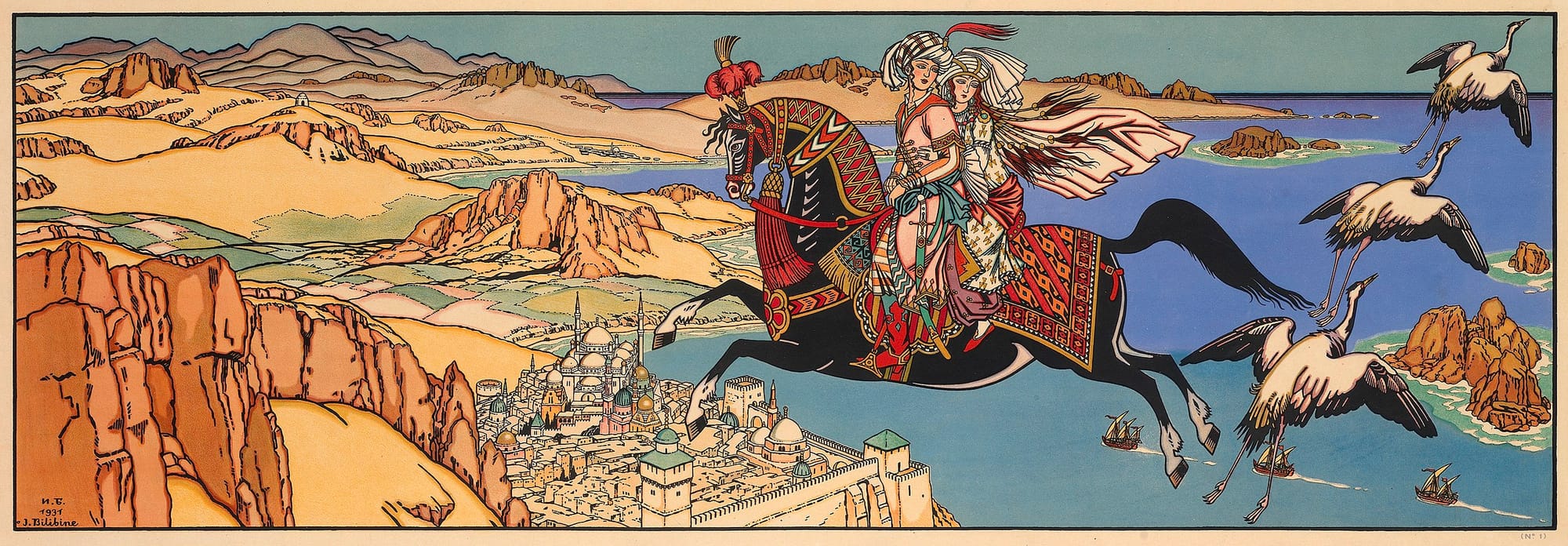
Pier Paolo Pasolini had a somewhat different take on the Arabian Nights story in Il fiore delle mille e una notte (1974) - as in the image below - no Scheherezade and plenty of sex. This was the third and final film of his optimistic "Trilogy of Life" that includes the Decameron and The Canterbury Tales.
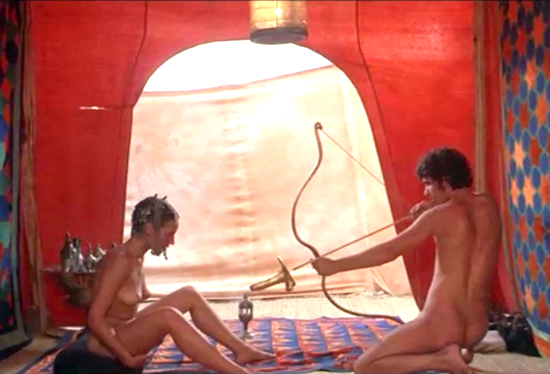
"Non illuderti: la passione non ottiene mai perdono. Non ti perdono neanch'io, che vivo di passione" - Pasolini
